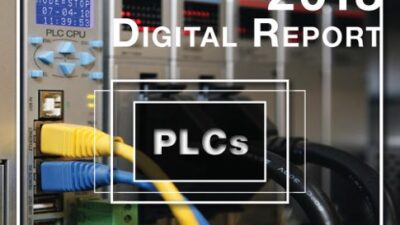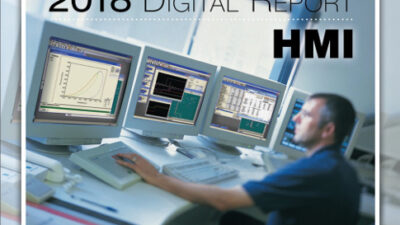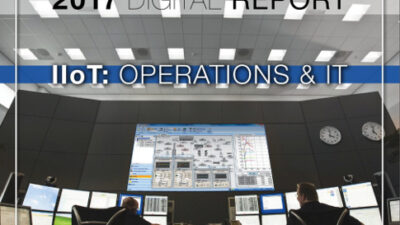A sluggish economy is keeping manufacturers from having their instruments calibrated as frequently as in the past, a recent study from Frost & Sullivan indicates.
A sluggish economy is keeping manufacturers from having their instruments calibrated as frequently as in the past, a recent study from Frost & Sullivan indicates. In turn, the calibration services market is attempting to shake off the effects of the economic downturn by introducing mobile, onsite services.
These conclusions are part of a market analysis made by the consulting firm that reveals the calibration services market generated revenues of $500.5 million in 2003. Total market revenue is expected to reach $759.9 million in 2010. According to survey results, manufacturers should optimize use of existing equipment rather than create downtime and increase basic operational expenses by sending instruments for calibration when they are trying to blunt the effects of the slowdown. Turnaround time, however, can be reduced substantially if calibration is done on-site, and if volumes are adequate and applications critical. On-site calibration will reduce downtime, save transportation costs, and lower risk of equipment damage during transit, says the report.
Calibration services could be offered on a 24×7 model, said the survey. “Customers keen to reducing calibration downtime prefer on-site calibrations to off-site calibrations, and hence, greater thrust on onsite calibration will bring better profits to service providers,” notes Muthu Kumar, Frost & Sullivan Industry Analyst.
“Most customers prefer their instruments to be calibrated at an accredited laboratory,” continues Kumar. “However, if service providers were to adopt a two-pronged strategy of providing both accredited laboratory services as well as lower-cost, non-accredited calibration service for non-critical applications, they will be able to retain more customers.”
For more on this topic, click here .
—Jeanine Katzel, senior editor, Control Engineering, [email protected]


